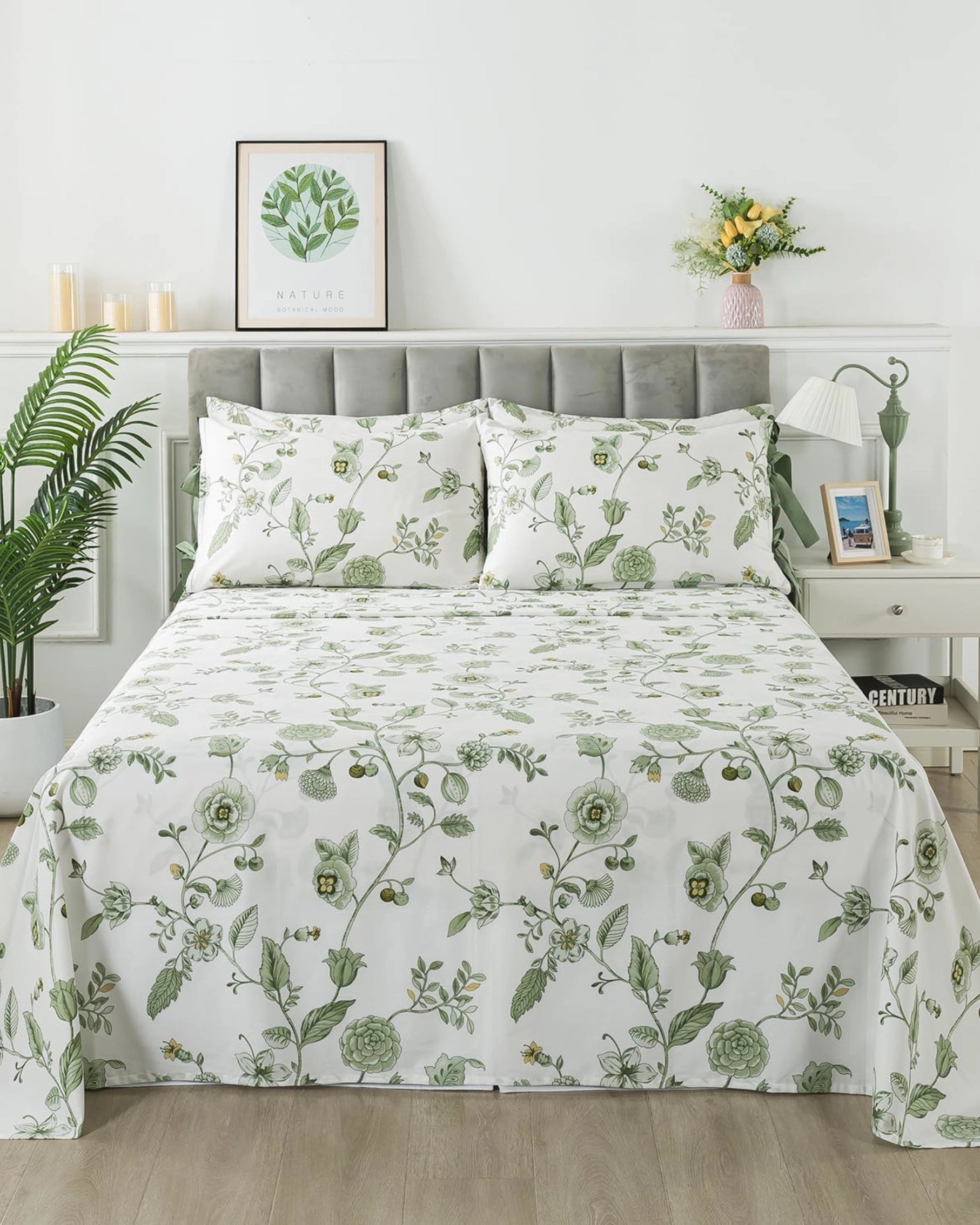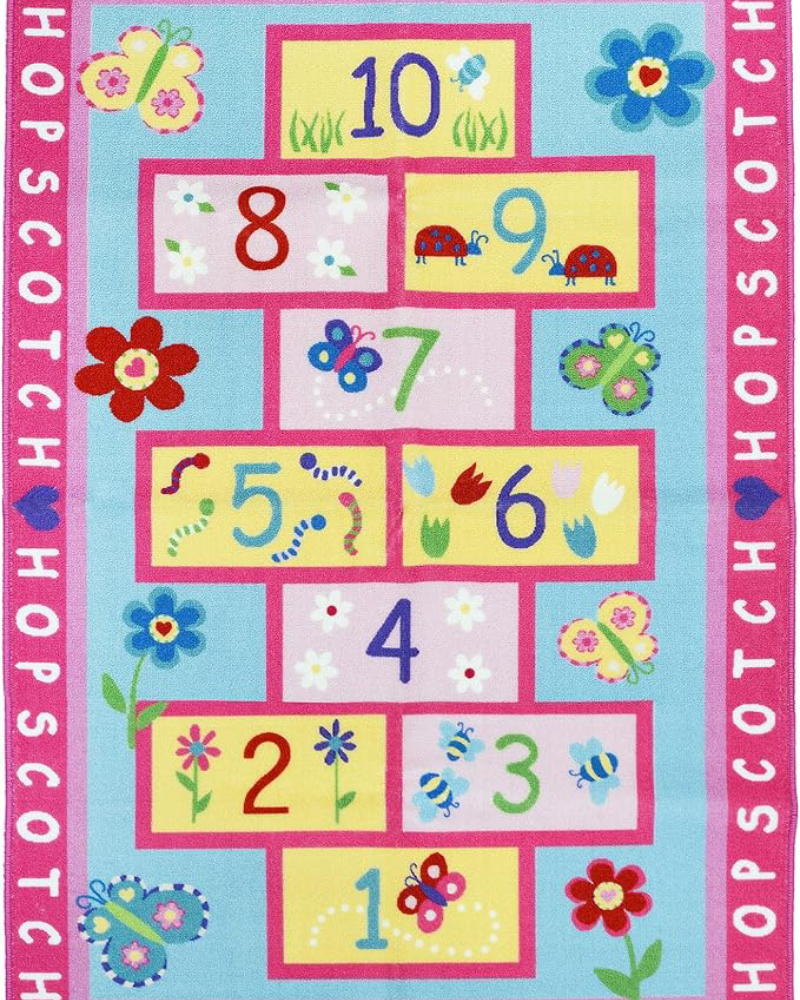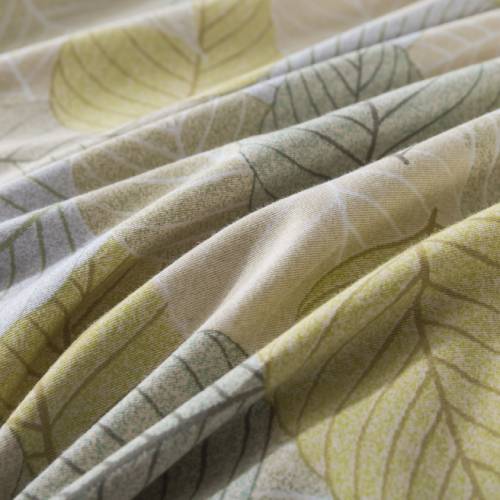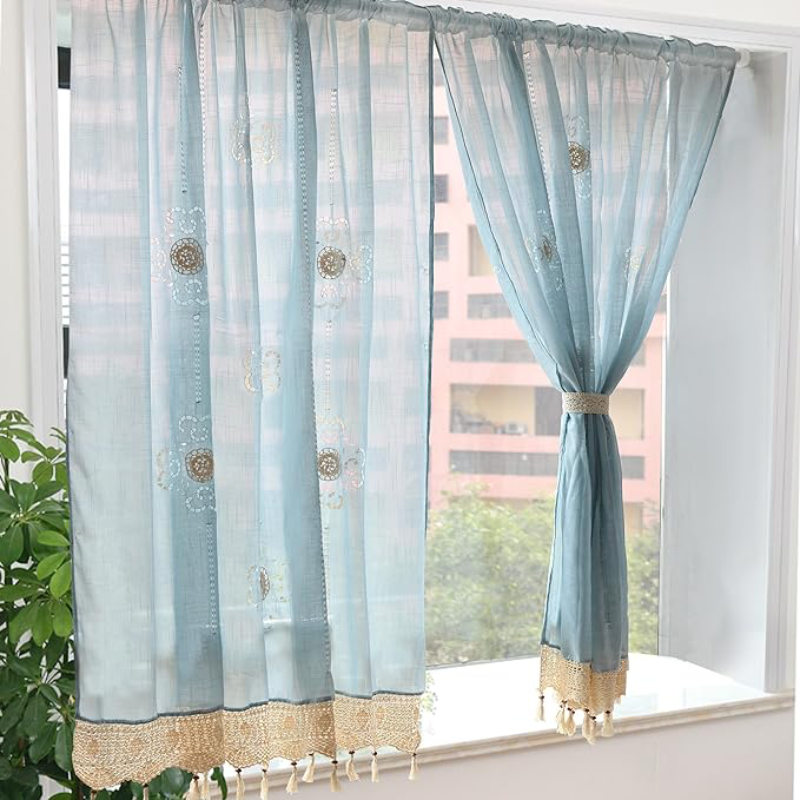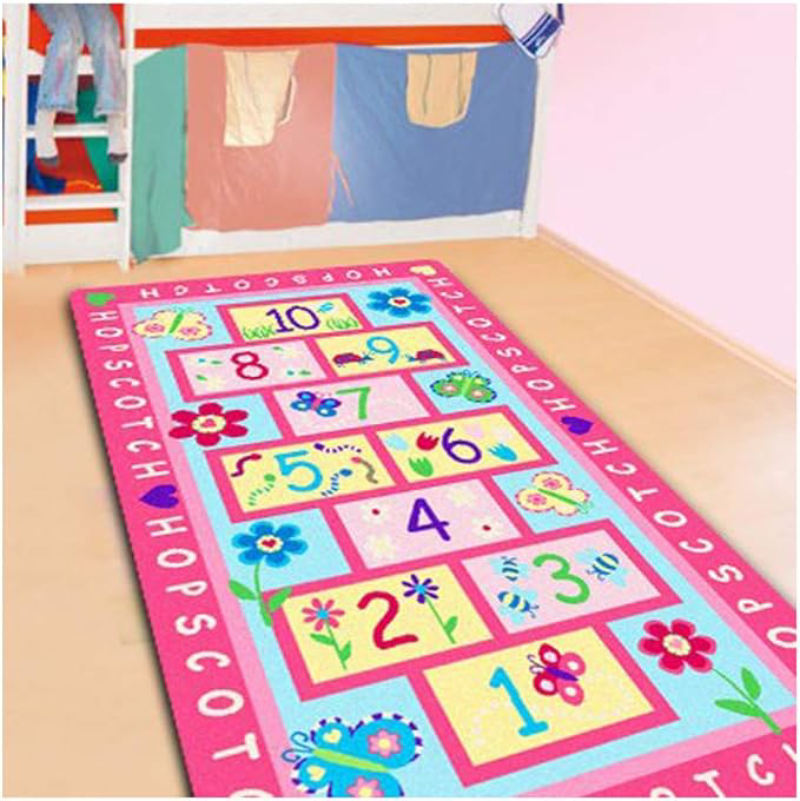Washed cotton, sometimes referred to as washable cotton, is a popular fabric choice for a wide range of products. You'll find it in everyday items like Washed cotton bedding, casual clothing, towels, and even home decor. This versatile material has gained popularity over the years, especially since the 1980s when consumers began to favor softer, more lived-in looks in their clothing and home textiles.
How is Washed Cotton Produced and Processed?

The production of washed cotton involves several unique steps that set it apart from regular cotton processing. After the initial weaving or knitting, the fabric undergoes a special washing treatment. This process often includes the use of enzymes or stone-washing techniques to break down the fibers slightly. The cotton is then exposed to high temperatures and agitation, which helps to remove any sizing or chemicals used in the earlier manufacturing stages. Finally, the fabric is softened using various methods, which may include the application of softening agents or additional wash cycles.
Pros and Cons Of Washed Cotton
Washed cotton boasts several advantages. Its softness is unparalleled, offering a cozy feel right from the first use. The pre-washing process also means less shrinkage when you launder items at home. Additionally, washed cotton often has a relaxed, slightly worn appearance that many find appealing.
However, there are some drawbacks to consider. The washing process can make the fabric more prone to wrinkling, and it may not hold its shape as well as untreated cotton over time. Some washed cotton items might also fade more quickly with repeated washing.
Washed Cotton vs. 100% Cotton
When comparing washable cotton to 100% cotton, several differences stand out. Washable cotton tends to have a softer hand feel and a more relaxed drape. It often requires less breaking in, as the washing process has already started to soften the fibers. 100% cotton, on the other hand, typically has a crisper feel initially and may take several washes to achieve the same level of softness. Washable cotton might also have a slightly faded or vintage look compared to the brighter appearance of untreated cotton.
Frequently Asked Questions
Is washed cotton more expensive than regular cotton?
Generally, yes. The additional processing steps involved in creating washed cotton often result in a higher price point.
Does washed cotton pill easily?
Washed cotton may be slightly more prone to pilling than regular cotton due to the softening process, but this can vary depending on the quality of the fabric.
Can washed cotton be ironed?
Most washed cotton items can be ironed, but it's recommended to use a medium heat setting and follow the specific care instructions on the garment's label.
How often should washed cotton items be replaced?
With proper care, washed cotton items can last 2-3 years, depending on frequency of use and maintenance.
Is washed cotton suitable for people with sensitive skin?
Generally, yes. The softer texture and reduced chemical treatments make it a good option for those with sensitive skin.
FADFAY bedding is made from hypoallergenic cotton, blocking dust mites and allergens for sensitive skin.
Does washed cotton come in different thread counts?
Yes, washed cotton is available in various thread counts, typically ranging from 200 to 800, affecting the fabric's smoothness and durability.
fadfay duvet cover , fadfay sheets thread counts up to 600
Can washed cotton be used in all climates?
Washed cotton is versatile and works well in most climates, offering good breathability in warm weather and reasonable insulation in cooler temperatures.


